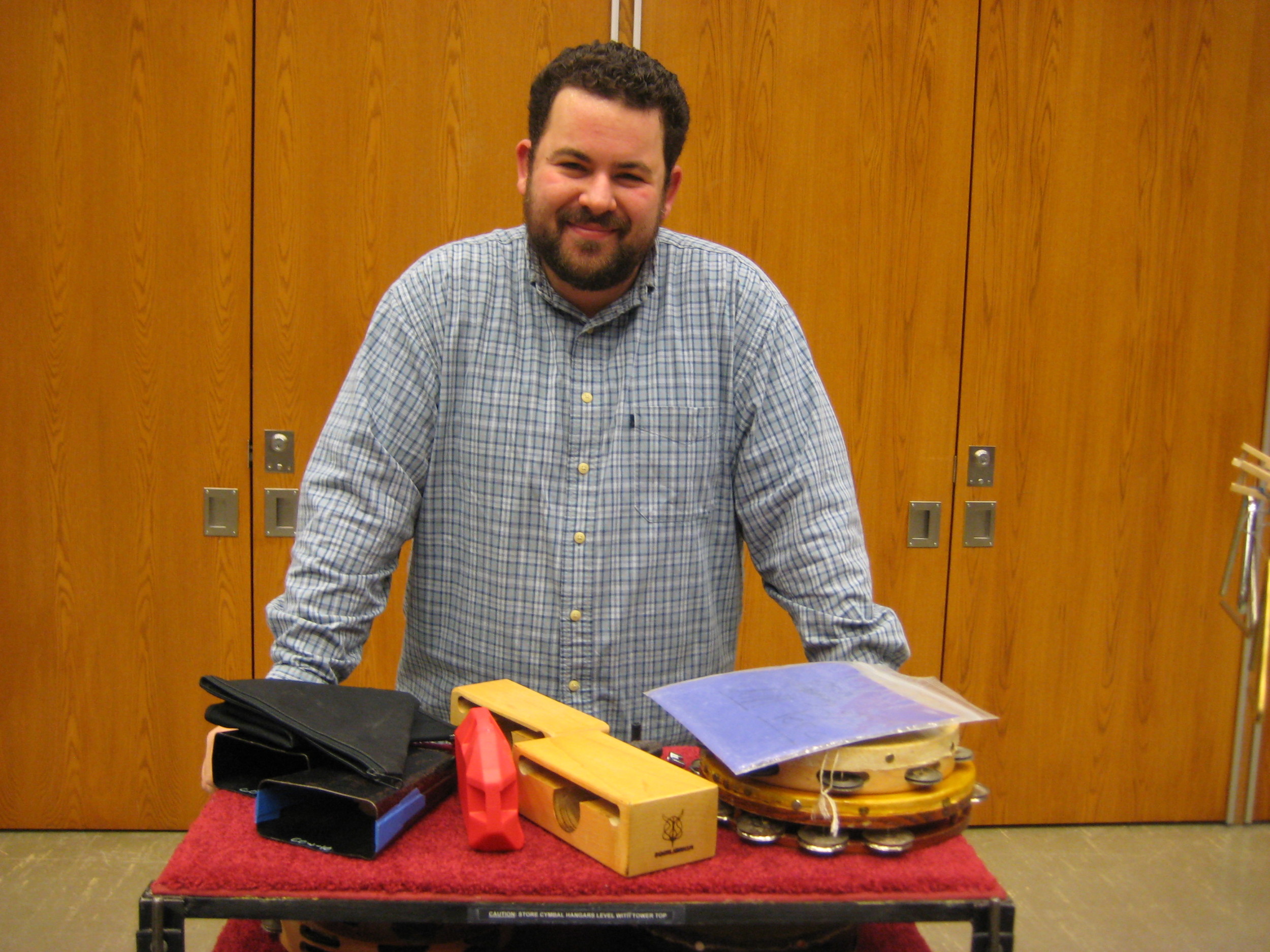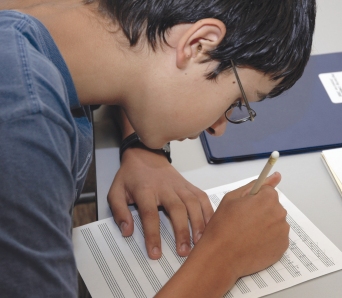Meet composer Adam Maness
/We commissioned composer Adam Maness to write a piece for us for our concert themed ESSENCE, which explores how composers express what is essential to them about their home through their music.
His piece for clarinet, violin, viola and cello is call The Delmar Wall.
We asked him a few questions about himself and his music.
Q: Your formal training and performing is not as a classical musician, but now you are performing with and writing for classically trained musicians. Can you share a little about what your training in music was and how it has evolved? What are some of the challenges and some of the rewards of working with musicians from different backgrounds?
I started playing the piano when I was ten. Mostly classical (nothing too serious) until I discovered jazz when I was around fourteen. In high school, I played in the jazz band and eventually started playing jazz and pop gigs around St. Louis. After high school, I moved to New York to attend the New School University as a jazz performance major. Before I could graduate, I got a call from a vocalist back in St. Louis named Erin Bode asking if I would write some music for a record she was working on. Her career was starting to flourish and she wanted a regular band so I moved back to St. Louis where I spent 11 years playing and writing songs with Erin.
Around 2008, Erin was starting to play more and more concerts with St. Louis Symphony concertmaster David Halen and asked if I might be interested in writing some string arrangements of our original music. I leapt at the opportunity despite the fact that I had no experience writing for strings or orchestrating anything, really. David Halen was extremely gracious - we met a few times to discuss the basics of writing for the string section. After that, I was hooked on orchestration, composition, and arranging. Eventually, with the help of some new-found classical musician friends, I formed The 442s, a band in which I could really dig in to composition with great players on a regular basis.
After years of being a jazz musician, it's been a complete thrill to learn these new skills and grow in ways I could never have imagined. The tools that it takes to improvise on the piano - knowledge of harmony, voicings, voice leading, counterpoint, bass movements, melody - all translate easily into composition and orchestration. The challenge has been learning the history of the music itself. I know so much about obscure jazz artists, but am still just hitting the broad strokes of Beethoven and Brahms. However, it is thrilling to discover such amazing art as I go.
Q: What inspired you to write about The Delmar Wall?
I love St. Louis, but there's this strange physical and mental divide in our city. Delmar Avenue between downtown and the loop is cartoonishly divided between the very rich and very poor - almost exclusively white and black. I'm not an overtly political person; I don't usually engage in political discussions on social media or have bumper stickers on my car, but I think an important duty of the artist, and something we're well-equipped to do, is to hold up a mirror to our environment for everyone to see. With "The Delmar Wall", I used as broad of strokes as I could to invoke what I hope are the most basic human qualities of tribalism, frustration, and ultimately, decency.
Q: What is your favorite thing about living in St. Louis?
I love being a part of such a rich and thriving arts scene! I am doubly lucky to have a foot in the jazz community and a foot in the classical community, both of which (with the help of great organizations like Chamber Project St. Louis!) are pushing the art-music scene here to grow in new directions. And the Cardinals.
Q: What's next for you this fall?
Right now, I'm putting the finishing touches on an album of Christmas music featuring The 442s, Peter Martin, Jeremy Davenport, Erin Bode, Brian Owens, and Montez Coleman that should be ready for this holiday season. I'm also working on a new piece commissioned for the Webster Groves High School concert band honoring on of their alumnus and former St. Louis Symphony contrabassoonist, Drew Thompson, who tragically passed away in 2013 at the age of 27.
Adam and Dana were interviewed on KWMU 90.7 about Adam's piece. Learn even more about it here>
You've got two chances to hear Adam's new piece in two intimate venues!
























